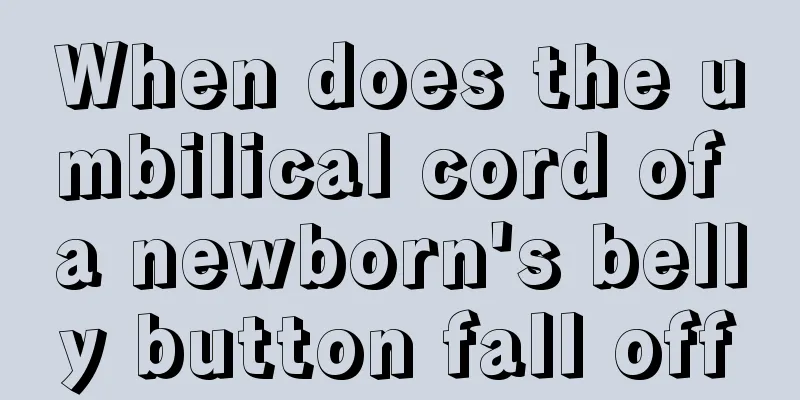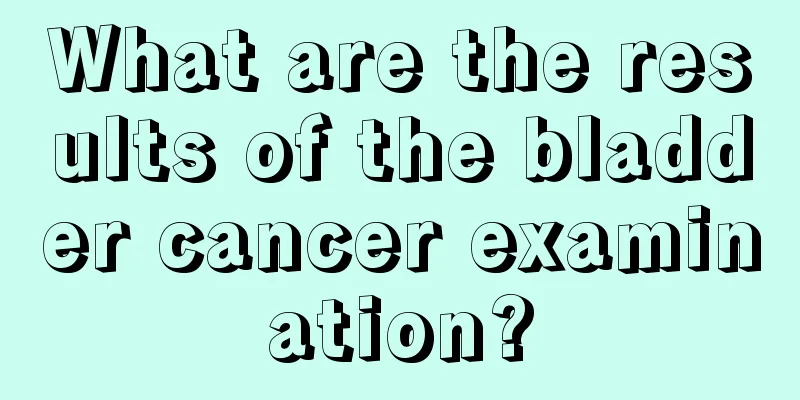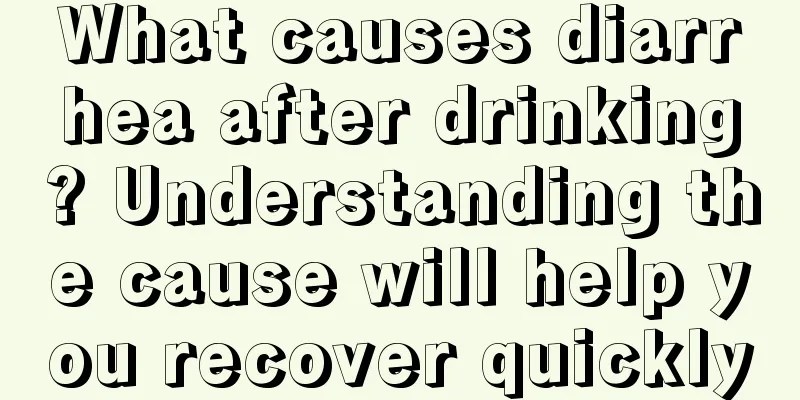What are the indications for pacemakers

|
The technology for installing pacemakers has become very common and mature in our country, which is also good news for many patients with heart disease. However, you should know that not all heart diseases are suitable for pacemaker installation. There are certain indications. Pacemaker indications are mainly divided into three categories: one is recognized, one is controversial, and the other is not suitable. Here we will introduce you to the recognized indications for pacemakers. Sick Sinus Syndrome (SSS) is one of the indications for pacemakers Sick Sinus Syndrome (SSS): and is accompanied by symptoms directly related to bradyarrhythmias. (1) Bradycardia leads to a decrease in cardiac output, causing symptoms such as dizziness, amaurosis, heart failure and syncope; (2) Bradycardia-tachycardia syndrome requires medication to control tachycardia. Atrioventricular block (AVB) is also an indication for pacemakers Atrioventricular block (AVB): mainly depends on the presence or absence of symptoms and the location of the block. (1) Symptomatic AVB of degree II or above, regardless of the presence or absence of symptoms and type; (2) Asymptomatic AVB of degree II or above, but with a ventricular rate of less than 40 beats/min, or confirmed cardiac arrest of more than 3 seconds; (3) Patients with rapid ectopic arrhythmias induced by high-degree AVB who require drug treatment; (4) Trifascicular block. In the above cases of atrioventricular block, it is recommended to install a pacemaker. Other recognized situations in which pacemaker implantation is recommended Other recognized situations in which pacemaker implantation is recommended include: (1) Carotid sinus hypersensitivity: clear recurrent syncope or mild carotid artery compression causing cardiac arrest of more than 3 seconds; (2) Hypertrophic obstructive cardiomyopathy: alleviating left ventricular outflow tract obstruction through right ventricular apical pacing; (3) Heart failure with severe systolic dysfunction: treating heart failure through biventricular synchronized pacing (cardiac resynchronization therapy (CRT), which is one of the important advances in pacemaker therapy in the past 10 years. In this treatment, in addition to implanting electrodes in the right atrium and right ventricle, left ventricular electrodes are implanted through the coronary venous system. Most patients with heart failure who have CRT implants have greatly improved cardiac function.). The above three are the globally recognized indications for pacemakers. Even among the above three recognized indications for pacemakers, there is a distinction between permanent and temporary. Doctors need to analyze based on the patient's condition to see whether it is necessary for the patient to install a permanent pacemaker. If it is not necessary, surgery is not required. |
<<: What causes the stenosis of the lower end of the common bile duct?
>>: Why do children have common bile duct dilatation
Recommend
Lower abdominal training exercises
Male friends must pay attention to the training o...
Can inflammation cause bone destruction?
Bone health often affects people's daily life...
Does neuroendocrine carcinoma of the lung belong to small cell lung cancer?
Neuroendocrine carcinoma of the lung is not compl...
What should you pay attention to in your diet to prevent liver cancer? To prevent liver cancer, do 4 things to eat and 4 things not to eat
A survey in China shows that one in every 12 Chin...
Can Yongquan acupoint be moxibustioned?
In real life, moxibustion is a common way of heal...
What are the precautions for conjunctivitis
Patients with conjunctivitis need to be isolated ...
Why does my urine smell like rotten eggs?
Some people feel that their urine smells like rot...
How to treat fungal rhinitis
Speaking of rhinitis, it brings a lot of trouble ...
Will nasopharyngeal cancer cause disability? How to treat it?
Some people worry that nasopharyngeal cancer can ...
What Chinese patent medicine is more effective for treating colds?
In spring and autumn, the weather is unstable and...
What to do if there is a four-legged snake at home
The tetrapod is also what we often call a lizard....
What to do if your fingers are cracked and peeling
Dry and cracked fingers, also known as dry hand p...
What are the effects of Brazilian enzyme
What are the effects and functions of Brazilian e...
Is it okay to wash your face with cold water at night?
Especially some female friends who love beauty of...
Early symptoms of ovarian cancer
Early symptoms of ovarian cancer: Ovarian maligna...









